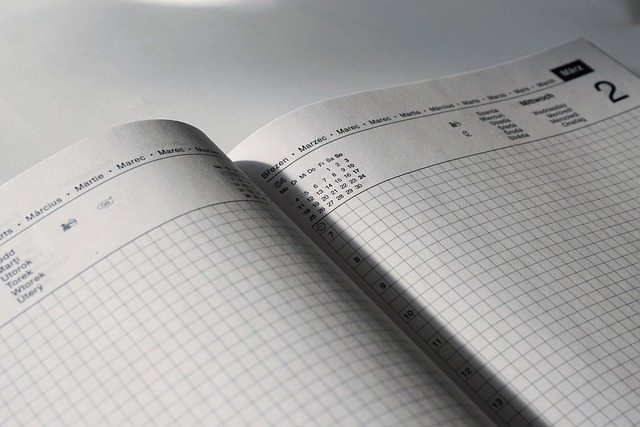From ancient abacuses to modern smartphone apps, calendar evolution reflects humanity's quest for understanding time and nature. Early civilizations aligned calendar dates with agriculture, religion, and celestial events, leading to sophisticated tracking of solar and lunar cycles. Mechanical clocks revolutionized timekeeping, while technology now seamlessly integrates calendar dates into daily life through digital apps offering unprecedented convenience in scheduling.
“Unravel the fascinating journey of calendars, from ancient times to the digital age. This article explores the evolution of timekeeping, tracing its roots back to the abacus and lunar cycles of ancient civilizations. We delve into the transition to solar-based calendars, the advent of mechanical clocks, and the ultimate digital revolution. Discover how our understanding of calendar dates has transformed through innovative timekeeping tools, from sand clocks to modern GPS-driven apps, shaping our way of measuring and marking time.”
- Ancient Origins: The Abacus and Lunar Cycles
- Solar Revolutions: From Astrology to Agricultural Calendars
- Timekeeping Tools: From Sand Clocks to Water Clocks
- Mechanical Marvels: Clockwork Mechanisms and Wall Clocks
- Digital Dawn: Computers, GPS, and Modern Calendar Apps
Ancient Origins: The Abacus and Lunar Cycles
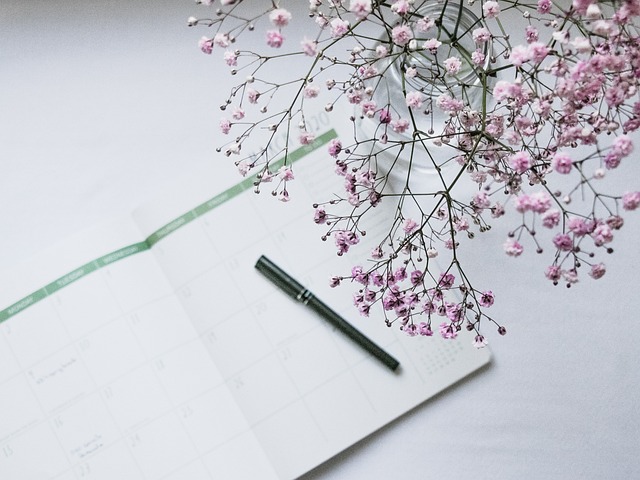
In the ancient world, the evolution of calendars began with simple tools like the abacus, used to track time through manual counting. These early devices were crucial for navigating agricultural planting seasons and finding us at various stages of weather-based planning. People observed the stars and lunar cycles, marking significant calendar dates by these celestial events. Astronomers of this era would identify astronomical observation windows, aligning them with cultural festivals and religious ceremonies that celebrated the passage of time.
The abacus served as a tangible representation of time’s progression, helping communities keep track of days, months, and years. This innovation paved the way for more complex calendar systems that could predict solar and lunar events accurately. By understanding these cycles, ancient civilizations were able to develop calendars that synchronized with nature, enabling efficient registration opening and closing for various activities, from agricultural practices to social gatherings.
Solar Revolutions: From Astrology to Agricultural Calendars

The evolution of calendars is deeply intertwined with humanity’s understanding and harnessing of celestial bodies. Early civilizations looked to the stars for guidance, using the movements of the sun, moon, and planets to create calendar dates that aligned with agricultural cycles and religious observances. This period saw the birth of astrology, where celestial bodies were believed to influence human affairs, shaping art festival calendars and marking significant term start and end dates.
As our knowledge of astronomy grew, so did our calendar systems. The shift from astrological to agricultural calendars marked a pivotal moment in history. These new calendars, designed to track solar revolutions, offered more precise measures of time, allowing societies to plan for planting and harvesting seasons. This historical significance of dates laid the groundwork for modern calendar systems and reminded us of humanity’s enduring connection to the natural world, which we can still visit us at calendar systems worldwide anytime.
Timekeeping Tools: From Sand Clocks to Water Clocks
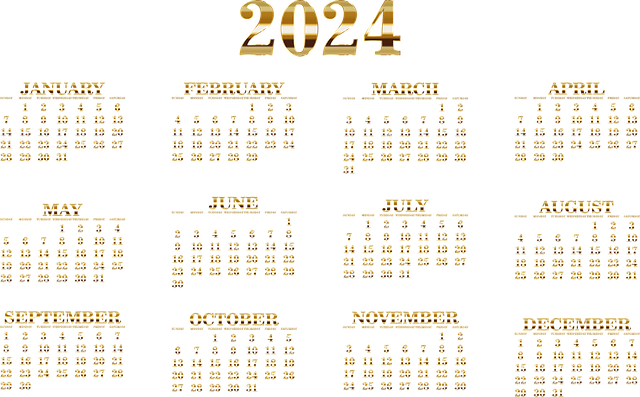
Timekeeping has evolved from rudimentary tools like sand clocks and water clocks to more precise instruments that have shaped our understanding of calendar dates. Sand clocks, with their slow, measured trickle, offered a simple yet effective way to track time in ancient civilizations. Water clocks, or clepsydras, took this a step further by using the flow of water to measure time intervals, providing a more accurate means of keeping time, especially for planning personal events during special occasions and vacation planning timelines.
These early mechanisms paved the way for more complex timekeeping devices. The invention of mechanical clocks in the 13th century marked a significant milestone, as they could keep time with greater precision due to their intricate gears and springs. This innovation not only facilitated better scheduling of daily activities but also introduced the concept of leap year complexities, ensuring that our calendar dates remain aligned with astronomical events. Even today, we rely on these early innovations, albeit in more advanced forms, to manage our schedules, from finding us at tax filing dates to coordinating complex global events.
Mechanical Marvels: Clockwork Mechanisms and Wall Clocks
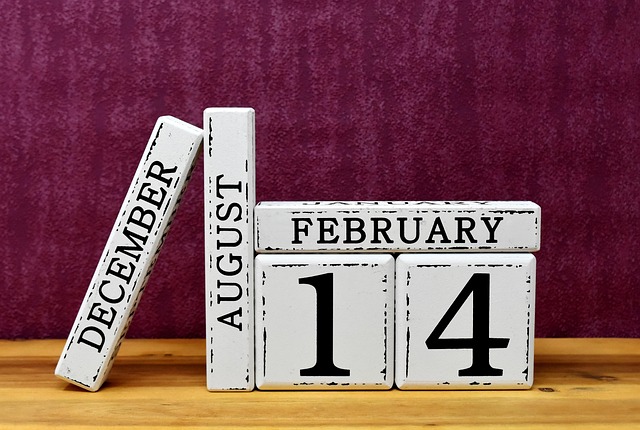
Mechanical clocks emerged as a significant development in the evolution of timekeeping, marking a departure from the simple abacus and early sundials used to track calendar dates. These clockwork mechanisms, often housed within intricate wall clocks, became popular during the Renaissance and Industrial Revolution. Skilled artisans crafted these timepieces, incorporating precision gears and springs to regulate the passage of minutes and hours with remarkable accuracy.
Wall clocks, in particular, played a vital role in public and private spaces, adorning grand halls and homes alike. They served not only as functional tools for keeping track of deadlines and scheduling events but also as artistic displays, showcasing exquisite craftsmanship. The intricate designs and elaborate decorations on these timepieces reflected the cultural celebrations and historical timelines of their eras. Today, many museums showcase these mechanical marvels during temporary exhibition periods, allowing visitors to appreciate the evolution of clockwork technology and its influence on our society’s timeline start and end dates. Find us at keeping track of deadlines, and discover the rich history of timekeeping in all its glorious detail.
Digital Dawn: Computers, GPS, and Modern Calendar Apps
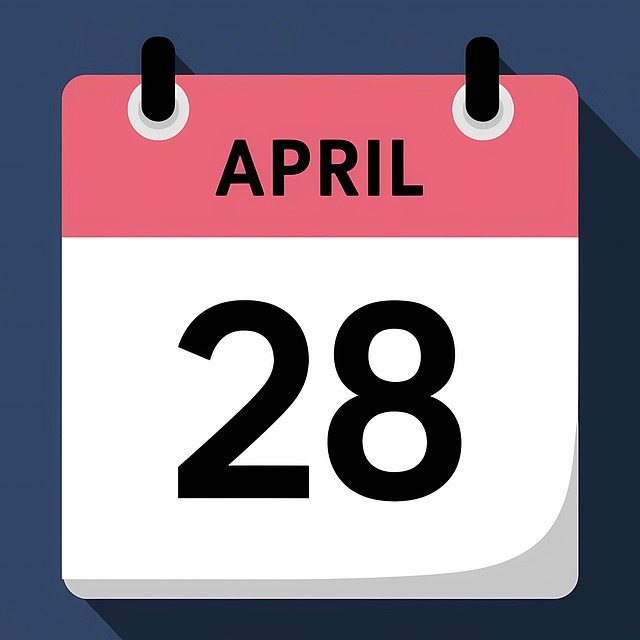
As technology advanced, computers and GPS systems became integral parts of daily life, revolutionizing timekeeping and scheduling. This digital dawn marked a significant shift in how we perceive and interact with calendars. Modern calendar apps on smartphones offer unparalleled convenience, allowing users to manage not just their daily tasks but also weekly events and monthly planning with ease. With just a few taps, you can set reminders for important dates, from birthdays and anniversaries traditions to agricultural planting seasons, ensuring you never miss a beat.
These innovative tools have transformed how we organize our lives, providing accurate timekeeping down to the second and integrating seamlessly with other digital services. Whether it’s finding us at an art festival calendars or coordinating complex schedules, these apps offer efficient solutions for managing both personal and professional commitments. They’ve become indispensable companions in our modern, fast-paced world, offering a new level of control and flexibility over our time.
The evolution of calendars reflects humanity’s constant quest to understand and master time. From ancient abacus-based systems tracking lunar cycles to sophisticated digital clocks and calendar apps powered by computers and GPS, our timekeeping mechanisms have come a long way. Each stage, marked by innovations like solar calendars, sand clocks, clockwork mechanisms, and now digital technology, has not only facilitated accurate date keeping but also shaped societies’ agricultural practices, cultural beliefs, and daily lives. As we embrace the digital dawn, modern calendar apps offer unprecedented accessibility and customization, ensuring that our relationship with time continues to evolve seamlessly into the future.
